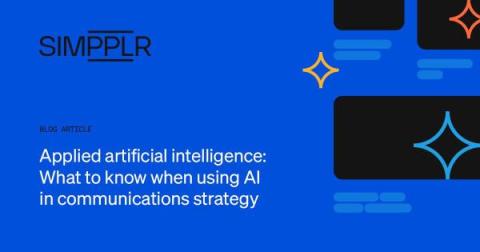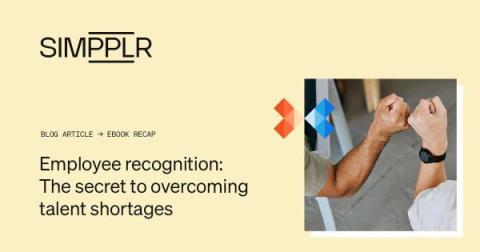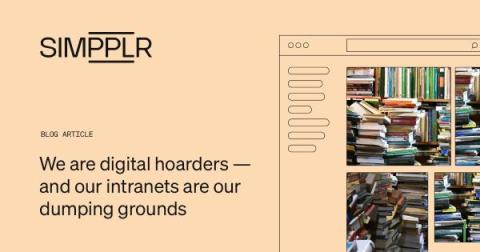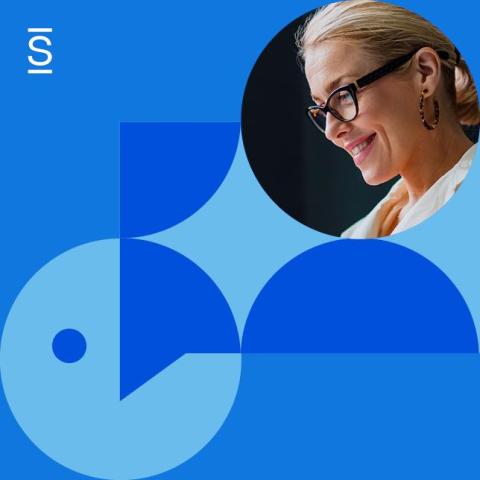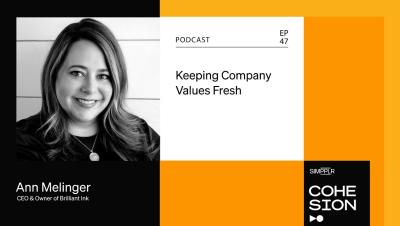Teams | Collaboration | Customer Service | Project Management
Intranets
How financial services firms create equitable EX with HR from day one
In the dynamic world of financial services, creating an equitable employee experience (EX) is a challenge that demands attention from day one. As organizations navigate a competitive landscape, the importance of retention becomes paramount.
Applied artificial intelligence: What to know when using AI in communications strategy
If you’re an internal communicator experimenting with generative AI (like ChatGPT and others), you’re not only an early adopter but are also likely taking a lot of questions from your team about applied artificial intelligence (AI) in the context of communications strategy.
How to motivate employees: 5 strategies for a productive workforce
Every year, businesses lose millions of dollars due to disengaged employees. Unfortunately, it is not uncommon for an organization to have demotivated and disengaged employees. While there are methods you can take to prevent them from feeling that way, there are also techniques that you can utilize to help re-motivate and reengage those that are currently disengaged. This blog post will share approaches you can leverage to help motivate employees that are disengaged.
Employee recognition: The secret to overcoming talent shortages (ebook)
In today's competitive business landscape, the demand for skilled talent often outweighs the supply — and companies are facing an unprecedented challenge to attract and retain top-notch talent. In this quest for the best, businesses are increasingly turning to employee recognition as a strategic tool to stand out from the competition and foster a motivated and engaged workforce.
We are digital hoarders - and our intranets are our dumping grounds
From digital spring cleaning to digital decluttering, let’s tackle the digital hoarding habits that plague most organizations.
Six ways to enhance employee experience with AI personas
Carolyn Clark of Simpplr explains how AI-driven personas can revolutionize HR strategies, enabling better communication, engagement, and retention for an improved employee experience.
Is it time to refresh your company values?
We talk to Ann Melinger, owner and CEO of Brilliant Ink, an internal communication agency specializing in the design of meaningful employee experience for improved productivity and engagement. Join us to find out all about company values, and why you should be embedding these in your deskless workforce. Also, are you still apprehensive about DEI? Ann shares her thoughts on what we can do to make a difference.
Keeping company values fresh with Ann Melinger, CEO & Owner of Brilliant Ink
Types of communication styles leaders should know about
Communication styles are not innate. We are not born with them—we learn them. If you would like to learn how to communicate better at work or at home, or if you would like to teach employees, managers, or leaders how to use better communication styles to ease tension and inspire confidence, you can do that.




